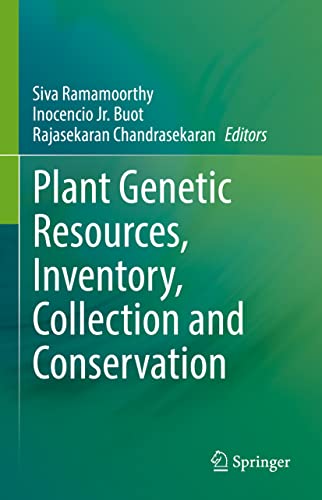

Most ebook files are in PDF format, so you can easily read them using various software such as Foxit Reader or directly on the Google Chrome browser.
Some ebook files are released by publishers in other formats such as .awz, .mobi, .epub, .fb2, etc. You may need to install specific software to read these formats on mobile/PC, such as Calibre.
Please read the tutorial at this link: https://ebookbell.com/faq
We offer FREE conversion to the popular formats you request; however, this may take some time. Therefore, right after payment, please email us, and we will try to provide the service as quickly as possible.
For some exceptional file formats or broken links (if any), please refrain from opening any disputes. Instead, email us first, and we will try to assist within a maximum of 6 hours.
EbookBell Team

0.0
0 reviewsThis edited book deals with plant genetic resources and their status, availability, and ecological niche in natural habitat. Usage and conservation practices followed by various tribal communities and their rationale are also discussed in the book. The book explores application of biological tools to conserve plant species and optimization protocols for conservation and elicitation of secondary metabolites and other value addition products. The book is organized into sub-themes covering:
(i) Ecological status of plant genetic resources
(ii) Traditional ethnobotanical knowledge and conservation practices
(iii) Ex-situ conservation practices and bioprospecting
Globally, plant genetic resources are deeply rooted in culture and economy. Since the early 1990s, the changing socio-economic situation has increasingly put pressure on plant genetic resources, in some cases leading to a severe loss of their diversity. For this reason, most vulnerable areas at risk of genetic erosion have been demarcated and protected by forest laws and regulations. Therefore, this book brings to light the opinions of leading experts in the area of ecology, conservation biodiversity, ethanobotany, and bioprospecting of plant genetic resources.The book is for use by graduate and advanced undergraduate students and researchers in plant physiology, molecular biology, biochemistry, and agriculture. Additionally, it is extremely useful as a general reference on conservation of flora and large-scale cultivation.